I am using Angular CLI and additionally I added a server folder which includes the server.js file.
1) I created the folder server within the src folder
2) npm install express --save added the express dependencies
3) Created within the server folder the server.js file
const express = require('express');
var app = express();
var staticRoot = __dirname;
app.set('port', (process.env.PORT || 3000));
app.use(express.static(staticRoot));
app.get('/', function(req, res) {
res.sendFile('index.html', { root: path.join(__dirname, '../') });
});
app.listen(app.get('port'), function() {
console.log('app running on port', app.get('port'));
});
4) My index.html file is the same path which Angular CLI created
->src->index.html
Well my question is what is the next step to run my application over the server express server?
Can I also add the node server/server.js as script to run the server and client at the same time? After ng build I am not getting a server.js file within the dist folder?

